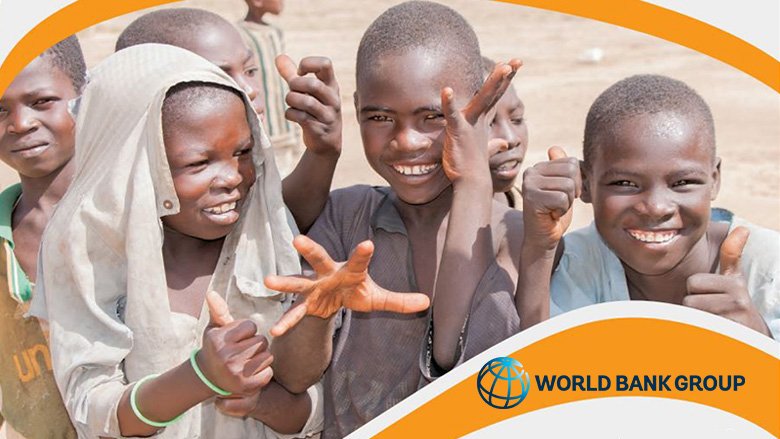Chad’s economy has contracted since 2015, preventing the country from reducing poverty and improving development outcomes. While extreme poverty rate declined between 2011 and 2018, progress has stalled since 2015 and the COVID-19 pandemic has reversed some of the gains in 2020. In addition, the number of extreme poor increased from 5.8 million in 2011 to 6.5 million in 2018 due to rapid population growth and modest progress in reducing the poverty rate.
The SCD update confirms that the five binding constraints identified in the previous diagnostic continue to limit economic growth and poverty reduction in Chad, while it adds three additional binding constraints: (i) insecurity and conflicts; (ii) oil revenue volatility and macroeconomic and fiscal management; and (iii) vulnerability to climate change.
The SCD proposes six policy options to address these binding constraints. The first set includes three cross-cutting prerequisites that are critical to: strengthening the social contract, improving the management of natural resources, and adapting to climate change; as well as improving macro-fiscal management and investment climate. These prerequisites are particularly important to address constraints associated with conflict, oil price's volatility, climate change, and weak public administration.
The second set of solutions includes three pathways to increase workers’ productivity and improve access to livelihood opportunities. These include: supporting improvements in human capital to improve worker productivity; improving infrastructure to raise productivity, and promoting sectors with a strategic advantage for more and better jobs.
